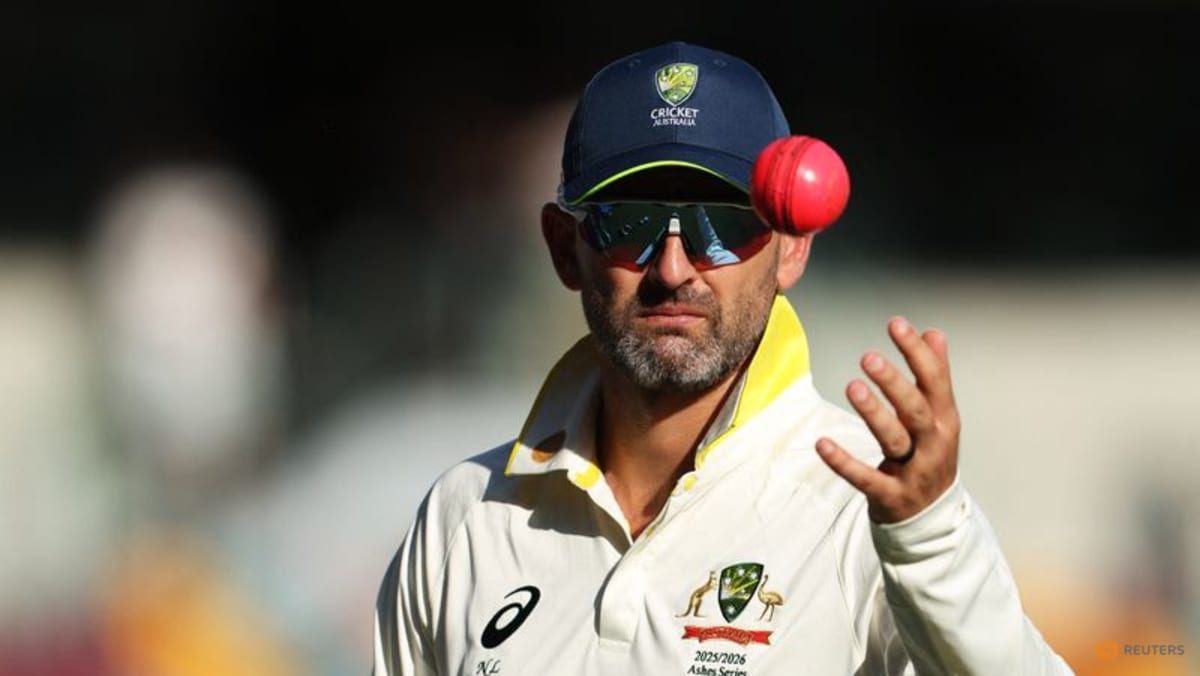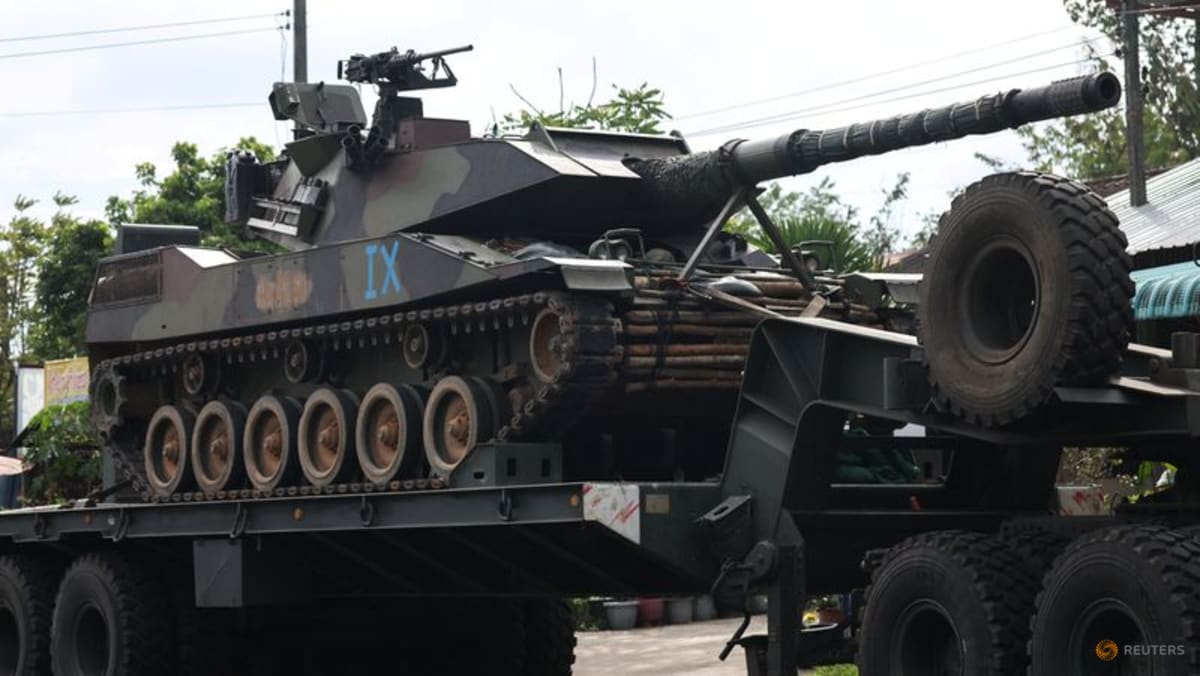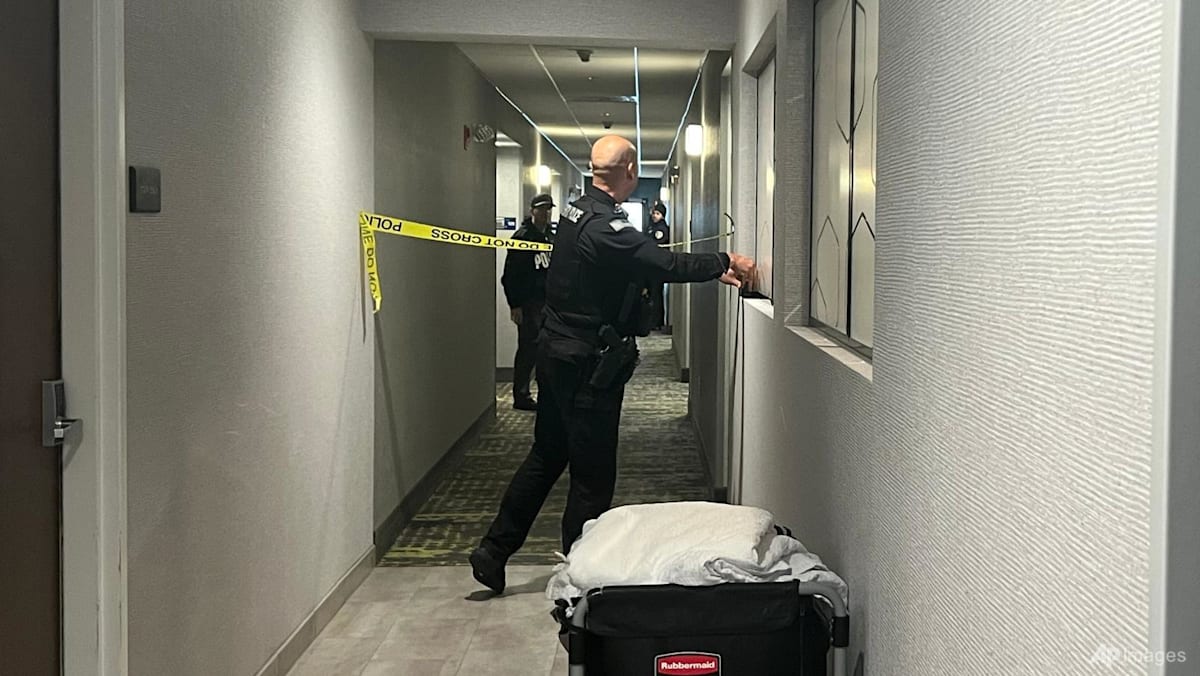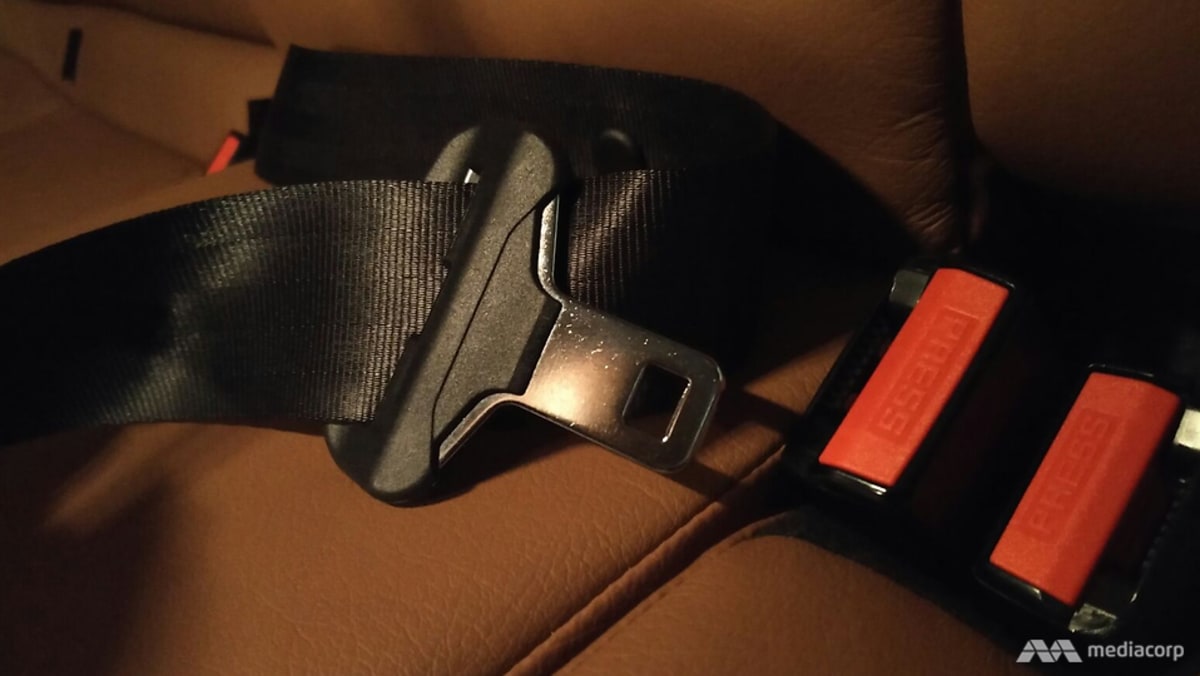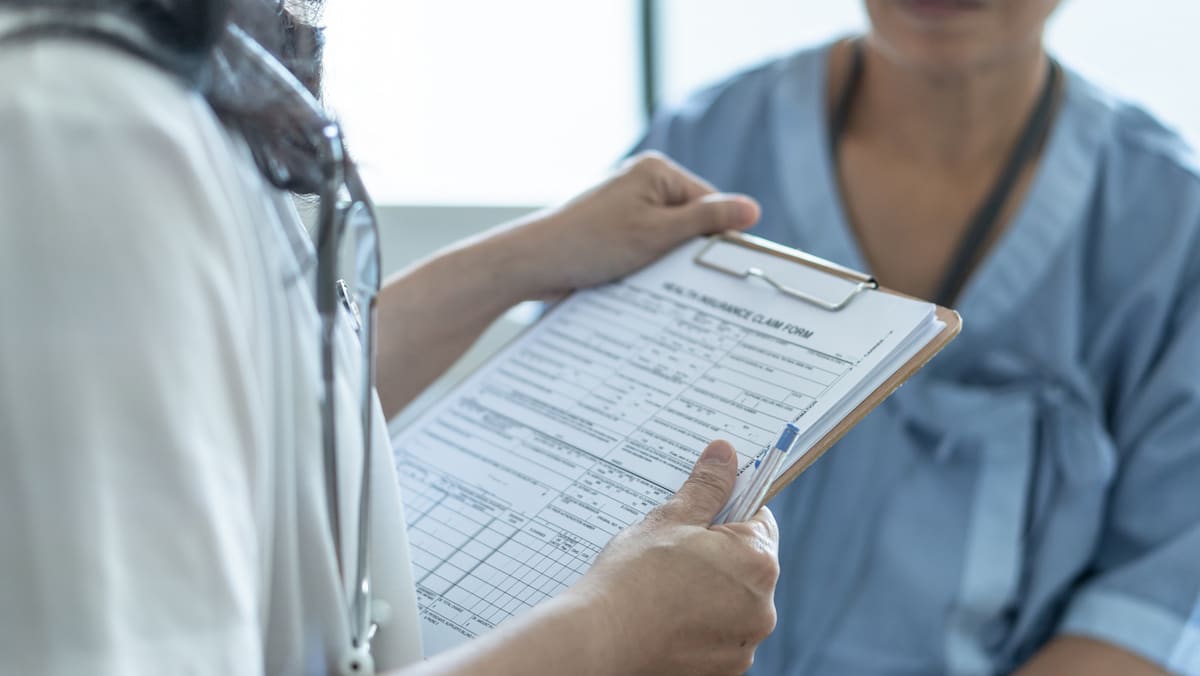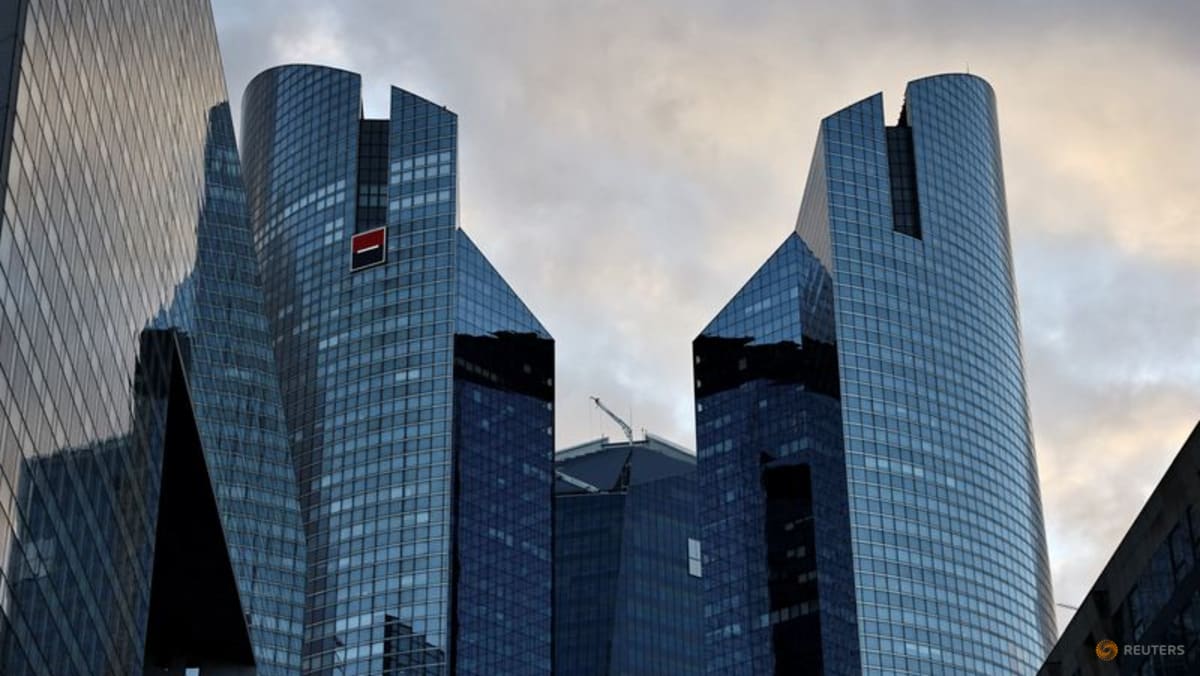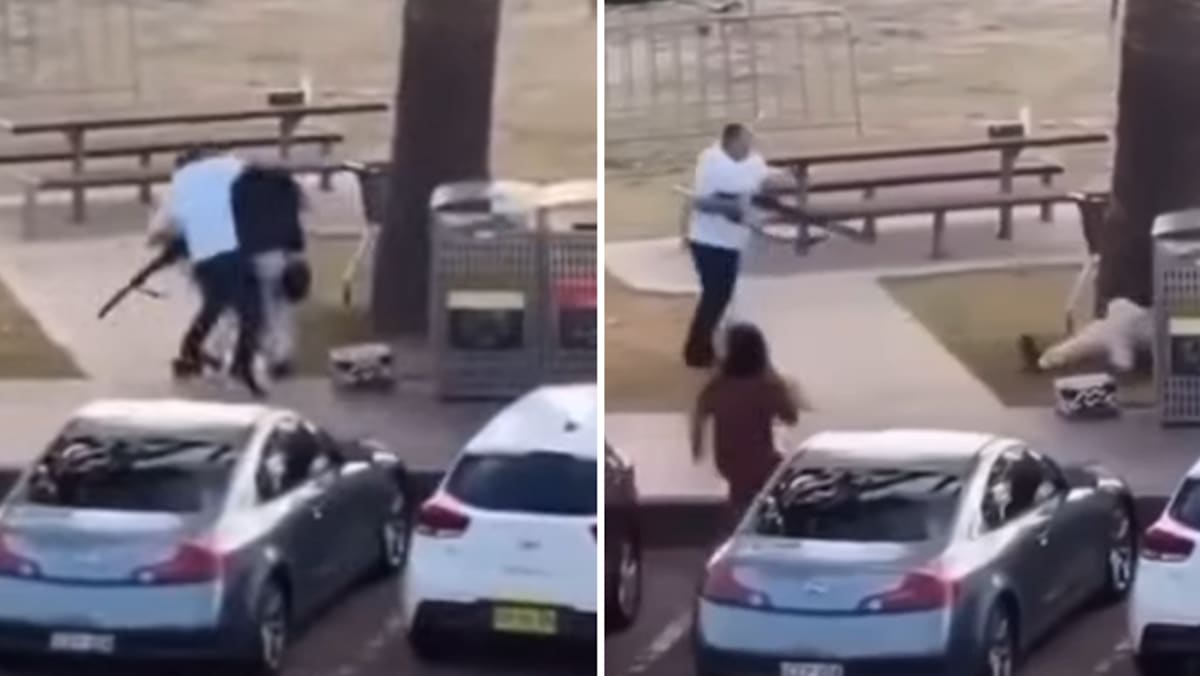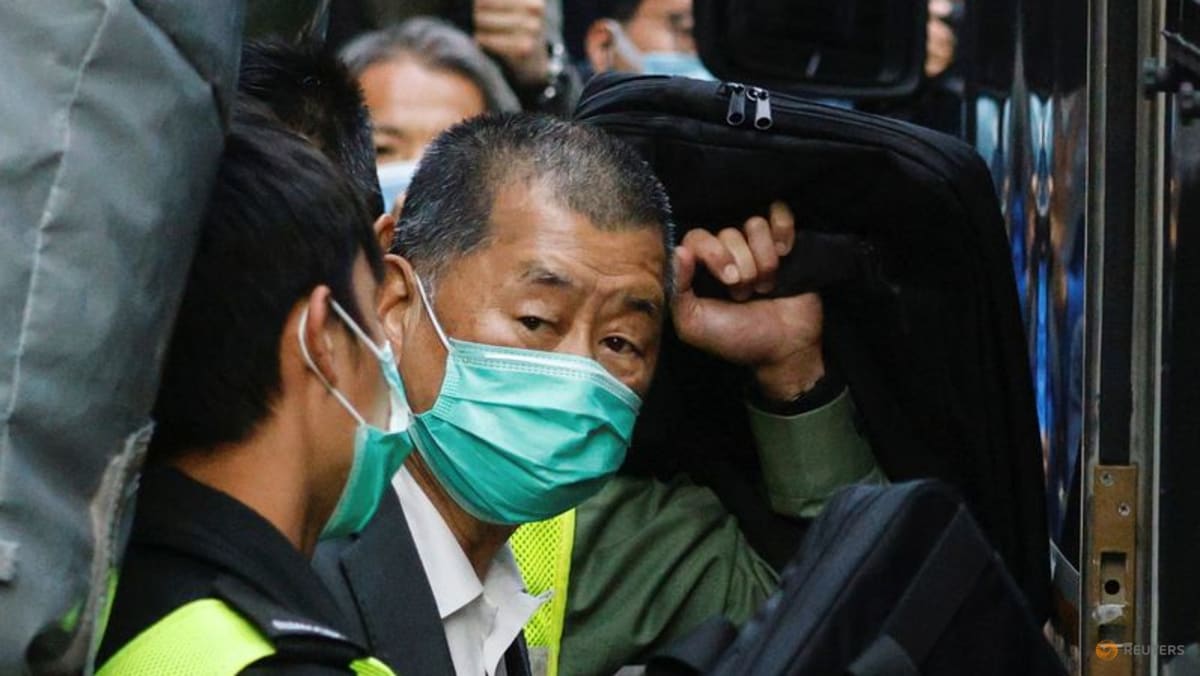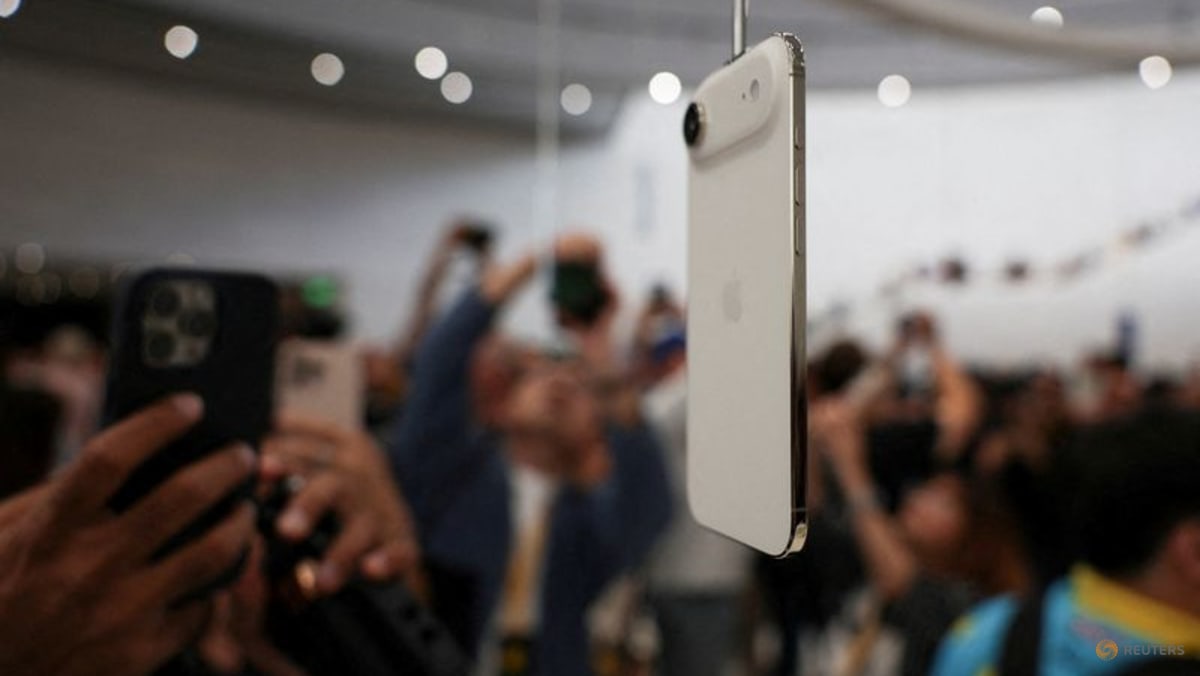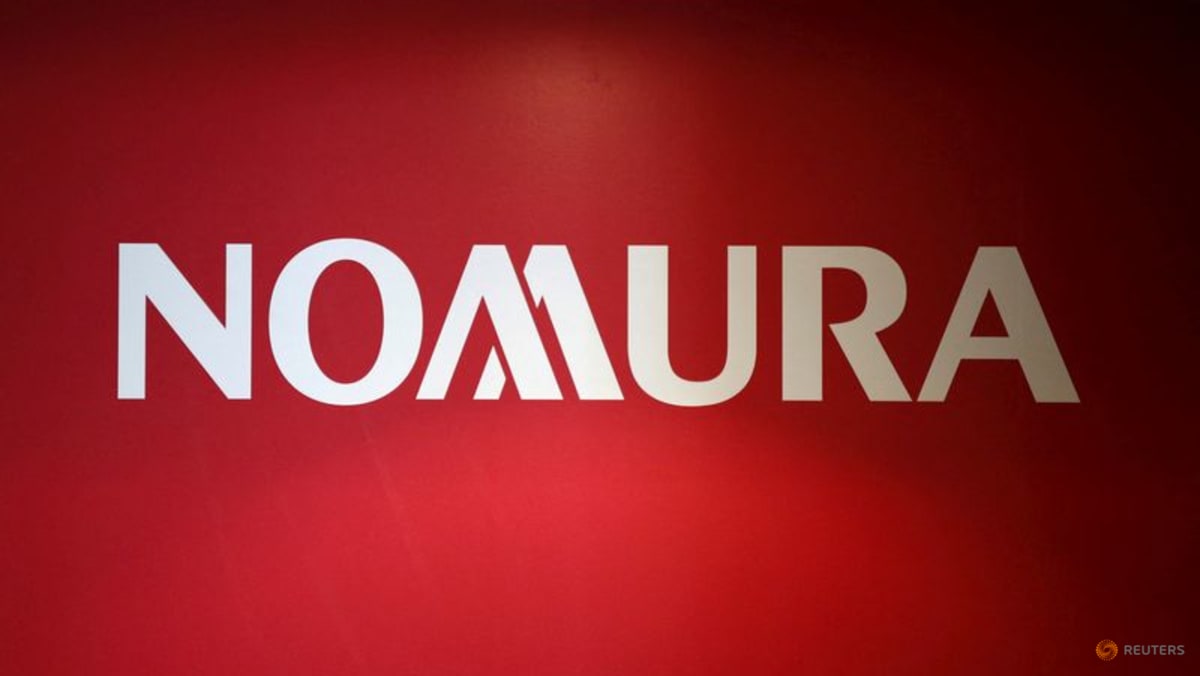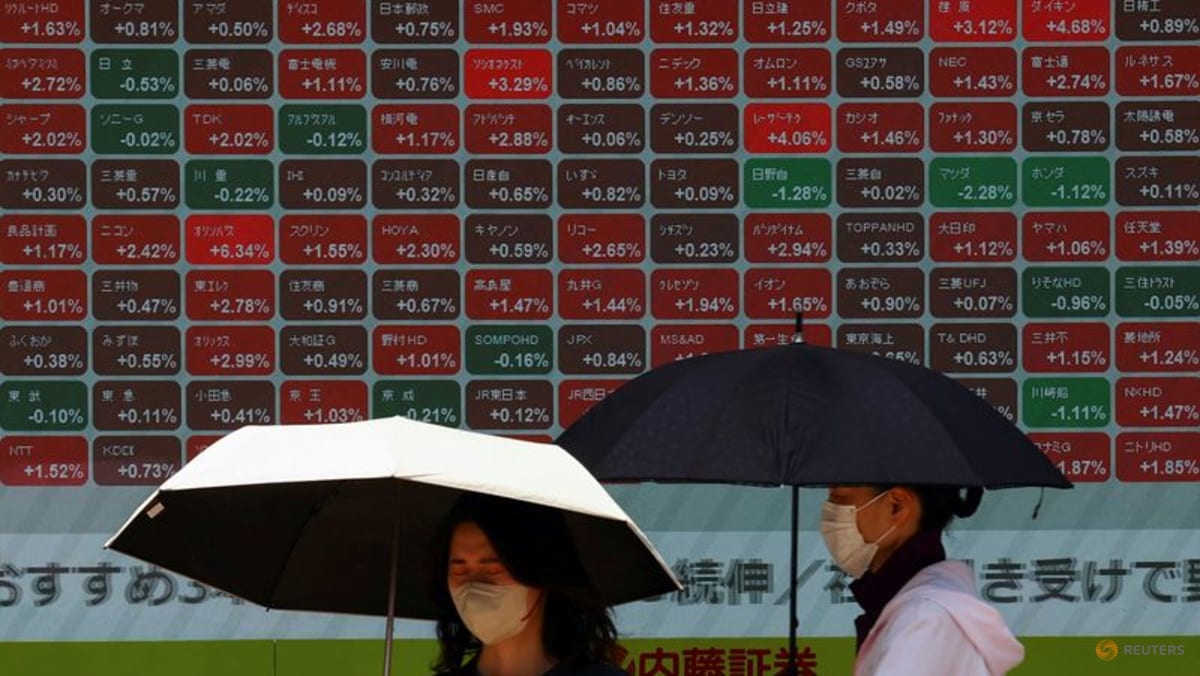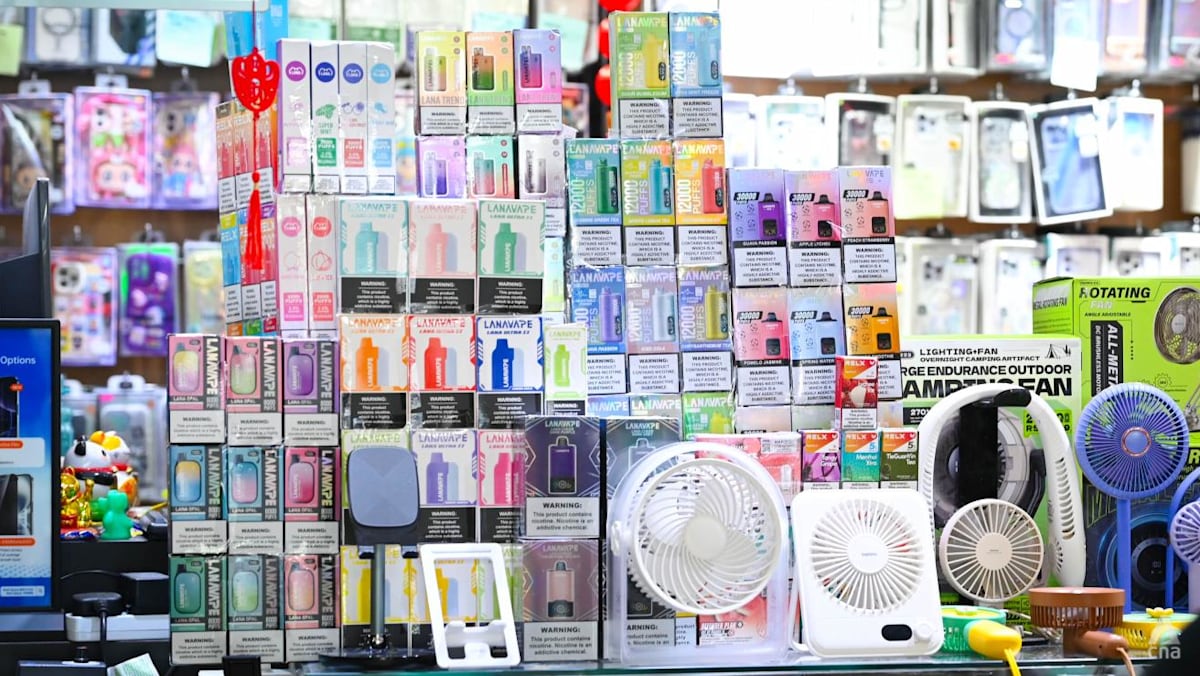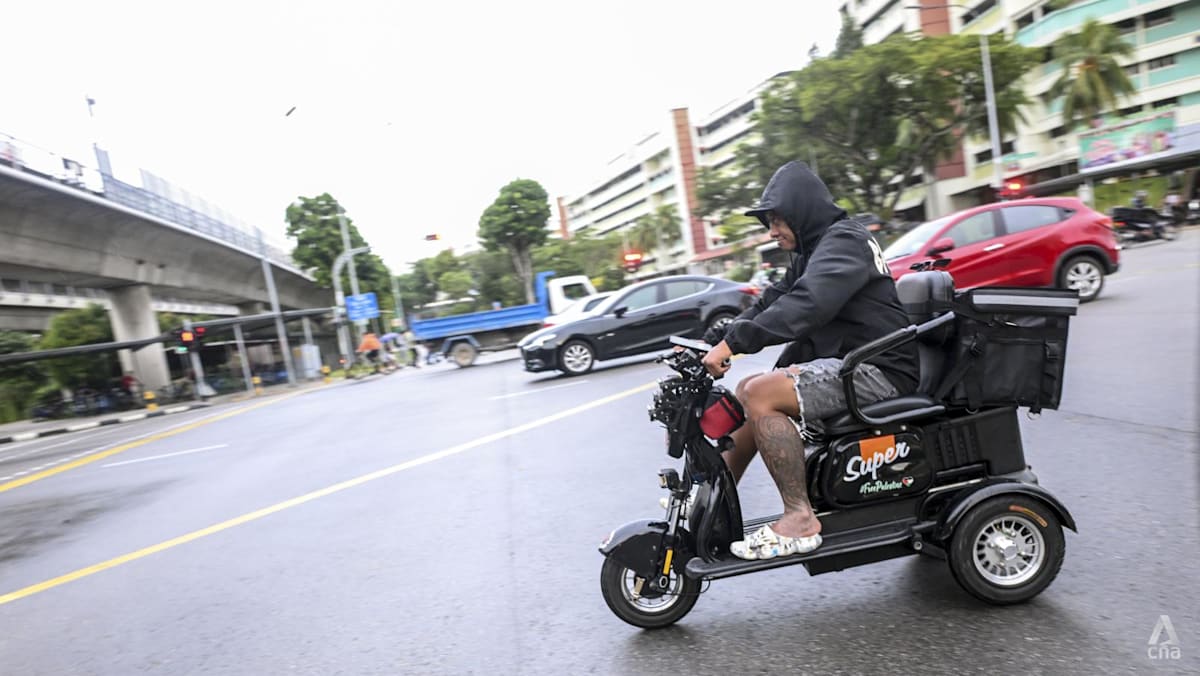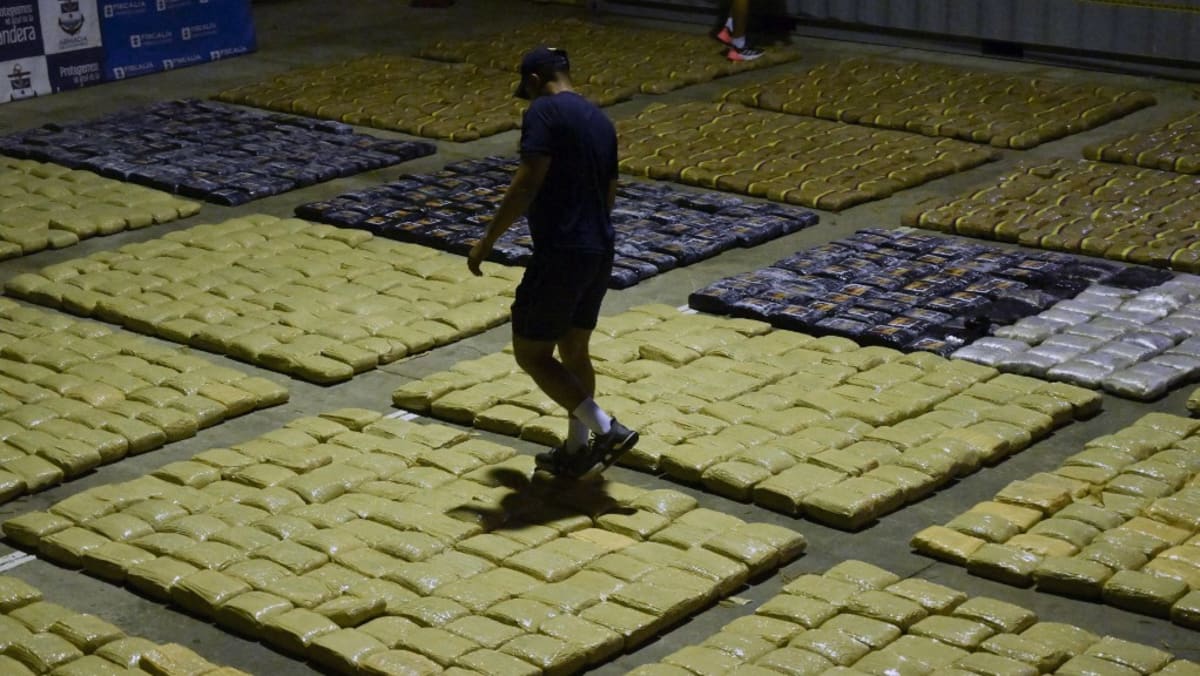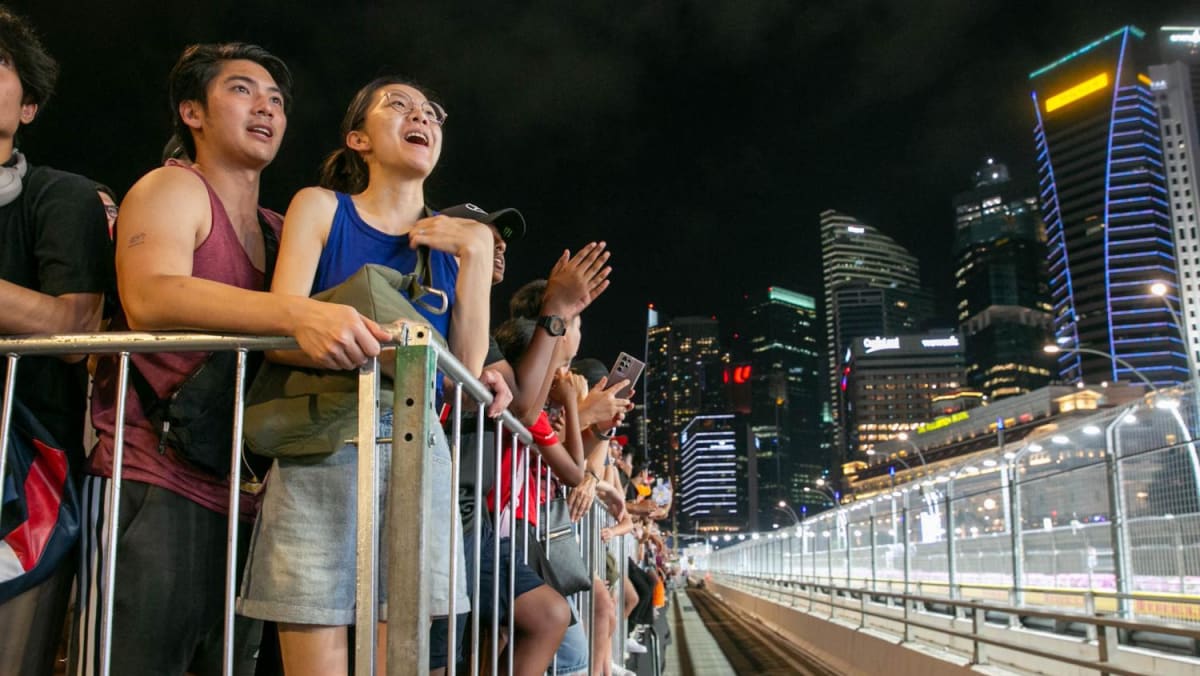While the companies have rejected such requests, they say it is becoming harder to spot which designs could be against the law.
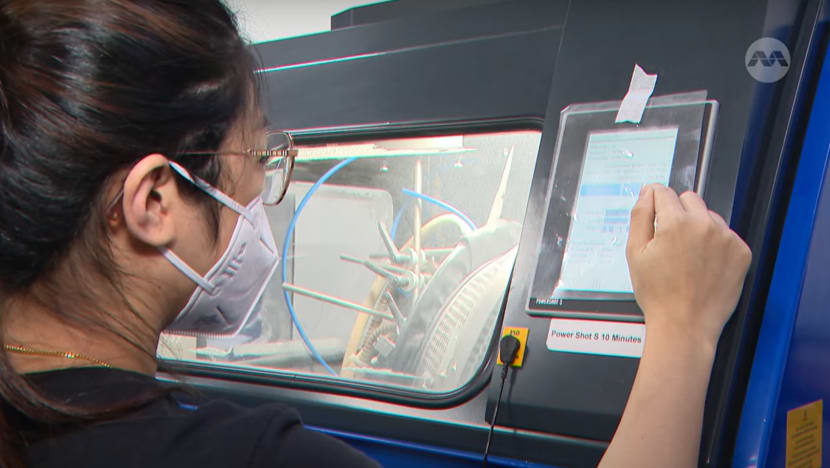
An object being made with a 3D printer.
New: You can now listen to articles.

This audio is generated by an AI tool.
SINGAPORE: In the past five years, 3D printing firm co-founder Hardik Dobariya has rejected requests for about 25 prints related to gun parts.
Most of these orders have come in within the past year, mostly from Singapore and Australia.
“We had this one particular user – they separated their gun into 200 subcomponents and uploaded them separately, some via email, some directly to our platform,” Dobariya told CNA.
His company, Factorem, is not alone.
Six out of eight 3D printing firms based in Singapore that CNA spoke to reported receiving requests to produce what they suspect are parts for guns and, increasingly, vapes.
While most firms said they keep up to date with the laws on their own, some are calling for clearer regulations, such as requiring customers to declare that their prints are compliant and catch illegal designs before they are made.
3D printing, also known as additive manufacturing, allows people to create objects by using product designs and blueprints that can be found online.
DUE DILIGENCE NEEDED
Another 3D printing company, Zelta3D, said it conducts due diligence in deciding whether to accept a design or not.
“We search (each) file name to see if it tallies with any weapon product name or like any weapon that can be sourced online,” said Zelta3D’s operation manager David Wong, adding that the firm has seen a drop in requests for prints related to gun parts due to recent tougher legislation.
“Some of (the design requests) would look like a gun barrel or a handle with a trigger that could potentially be a firearm, for example,” he noted.
Dobariya said his firm has also received a request for 3D-printed gun parts from Australia, where someone wanted to manufacture a gun to shoot animals in their backyard.
Other firms said they have been getting more requests for vape parts, like accessories or pod concealers. This comes as the authorities in Singapore have stepped up enforcement on vaping, including Kpods – vapes that are laced with chemicals or drugs.
One company, 3D Aura, has seen a 50 per cent increase in these requests this year compared with last year.
Another company, 3D Generation, said it got three enquiries from the European Union region over the last few years for what it suspected were vape or vape-like parts.
When the firm asked what the parts were for, the requesters declined to elaborate beyond providing the 3D model files.
HARDER TO SPOT ILLEGAL REQUESTS
In response to CNA’s queries, the Singapore Police Force noted recent legislation that came into force last month.
Under the Guns, Explosives and Weapons Control Act, it is illegal to possess 3D-printed guns and its parts, as well as blueprints for the manufacturing of guns or gun parts.
Lawyer Danny Quah said that apart from abiding by the law, there are other ways for firms to protect themselves.
“The prudent thing for firms generally would be to destroy (blueprints for the printed parts) … And if they, for some reason, not only have the digital components but physical blueprints themselves, they should surrender them to the police,” added the director of CHP Law.
However, 3D printing firms said it is becoming harder to spot requests for parts that could eventually be used to make something illegal.
For vapes, some said it can be difficult to flag suspicious requests to the authorities as some parts could be mistaken as plastic components.
The usual requests are for accessories like vape cases or those used to conceal vapes, possibly to bypass import restrictions.
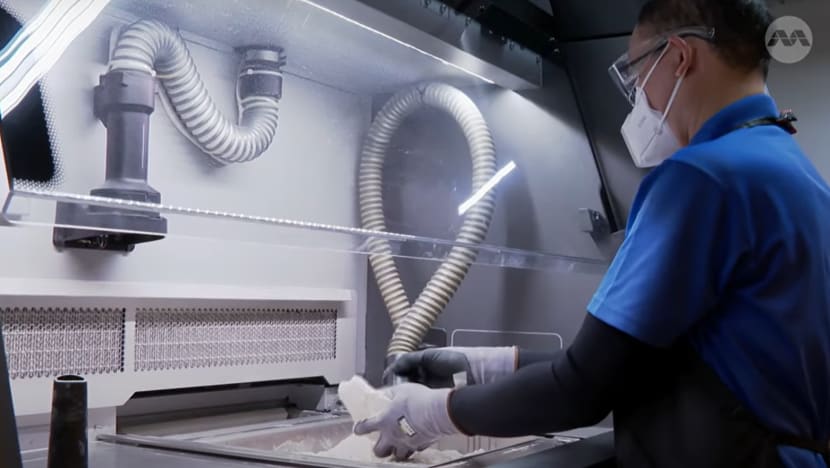 A worker handling a 3D-printed object.
A worker handling a 3D-printed object.
Artificial intelligence has also made it simpler for people to generate designs, said Factorem’s Dobariya.
“You can create a 3D model of a gun that's this many millimeters long, and can achieve this functionality, and the AI will produce it for you. So I think it's getting easier and easier to get the designs required,” he added.
Even so, companies said they are stepping up safeguards to clamp down on such requests, with at least one saying it had filed a digital police report. Some are also increasing oversight over their print jobs.
“When the platform detects that there are gun-like components, there's human intervention required,” said Dobariya.
“Our algorithm stops them, requires our team to come in to take a look whether this is a legitimate inquiry and what the purpose of this is.”






